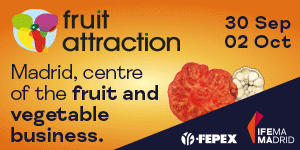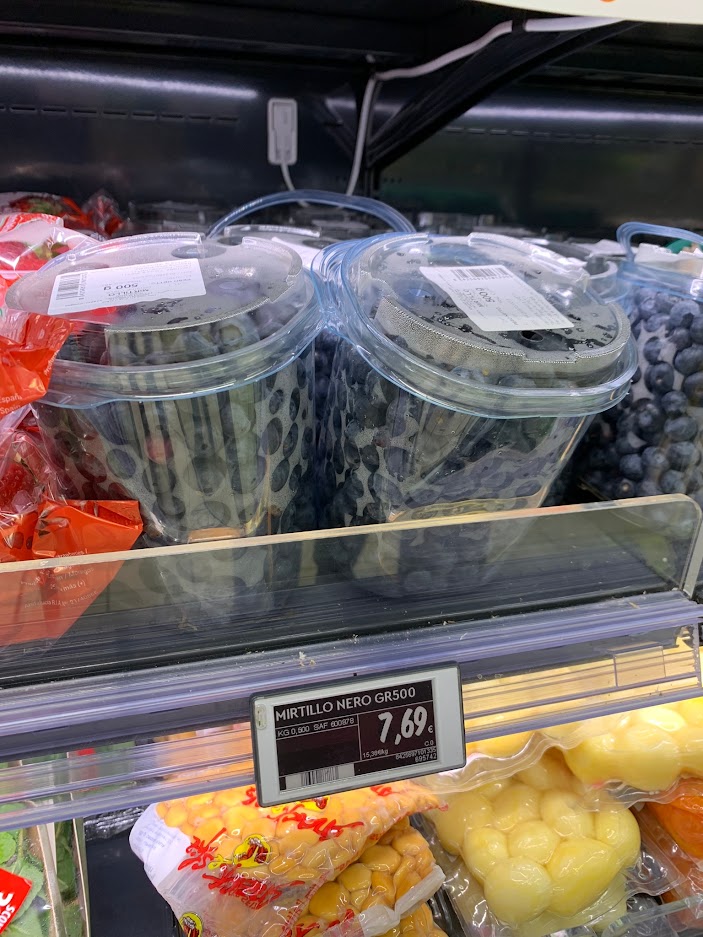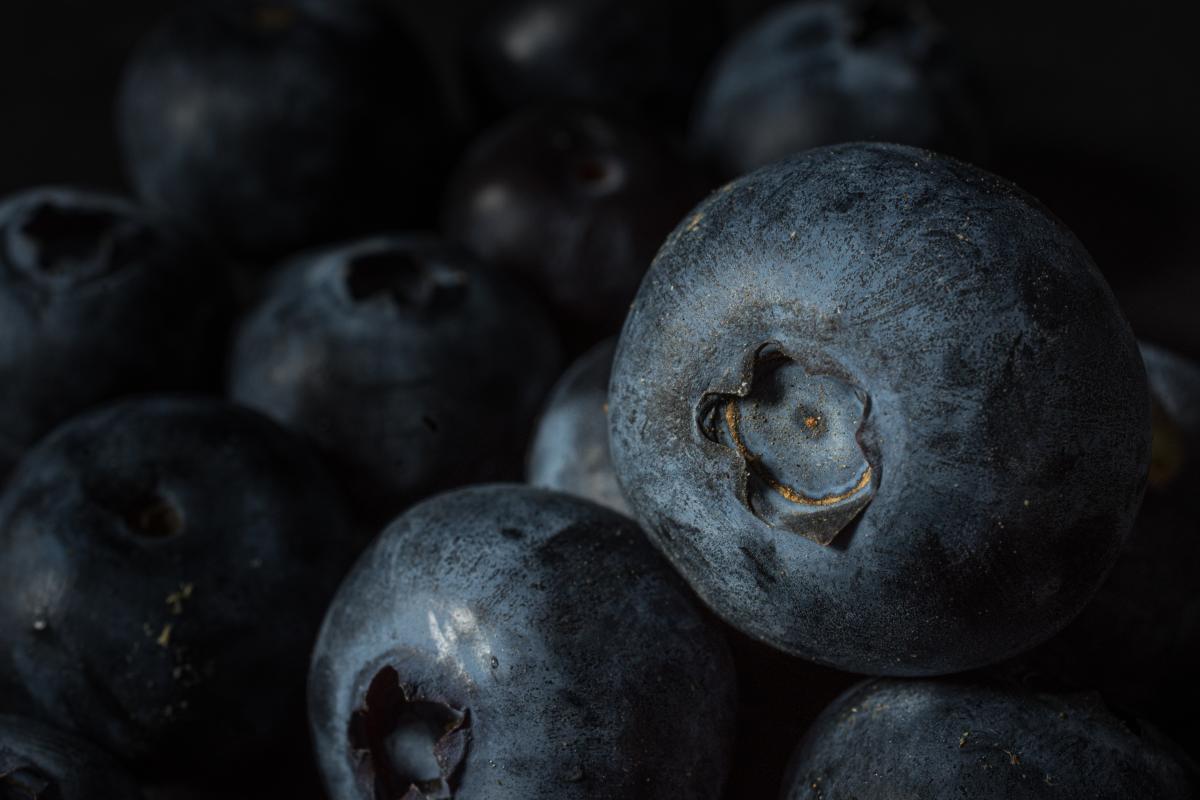The book 'Cultivation, post-harvest, processing and trade of berries' (Spanish, 331 pages) brings together various articles written by researchers and professionals from different parts of the world.
Strawberries are the berry of "all life," although in recent years blueberries have become the most fashionable, and raspberries and blackberries are on the rise. Over the past five years, consumption of blueberries has increased exponentially worldwide . According to the IBO, International Blueberry Organization, North America is the largest producer and its people consume 446,000 tons per year. It is followed by Europe with 135,400 tons and Asia Pacific with 69,000 tons, according to the latest data from the International Blueberry Organization (IBO). In Europe, blueberries consumption is expected to increase by 7 percent per year over the next five years. Emerging markets such as China, India and the United Arab Emirates offer colonization opportunities. For China, increases in blueberries consumption of 140 percent are reported; cherry is still the favorite fruit, but second place is now occupied by the blue berry.
This love of berries is due both to their nutritional properties, which consumers have been familiar with for many years, and to their ease of consumption. Because of their characteristics, fruits that can be eaten in one bite are a natural fourth range. They require no prior preparation, are ideal for eating while working, as a snack, and can replace snacks. As for their beneficial effects on health and well-being, promotional campaigns have made them known, creating the image of a particularly beneficial food, whether fresh or processed.
Other berries such as raspberries and the blackberries have their place and options for the future. As with other species, in Europe, the United Kingdom and Germany are the main markets for the berries. While blueberries are preferred in the former, Germans import more raspberries.
Parallel to the boom in sales, there has been a process of technicalisation of the crop and professionalisation of the growers who are continually trying to improve their results. Better cultivation techniques, the result of research and new materials and inputs from different suppliers, make this possible. There is consumer interest in organic fruit, as there is in other species. The Covid-19 pandemic has only increased preferences for everything perceived as healthy.
Tools for professionalisation
New 'tools' are constantly being added to those available to the grower to achieve a better and more profitable harvest. From new varieties, fertilisers, means of pest and disease control, sensors to determine more precisely when different tasks should be carried out, as well as substrates, pots and nets for protection against weather incidents.
Therefore, we are publishing the book Cultivation, Post-harvest, Processing and Trade of Berries whose aim is to become a reference for producers, packers and traders of this crop. The book is divided into three main thematic blocks. The first provides a general overview of the business, highlighting the main supplier countries. The second is dedicated to cultivation, including propagation, physiology, varieties, fertigation, soilless cultivation, health, organic production. The third block deals with post-harvest, industrialisation and functional properties.
"Cultivation, post-harvest, processing and trade of berries", (331 pages) you will find it in digital format and free of charge in the web portals Poscosecha.com, Tecnología Hortícola, Actual FruVeg and Biblioteca de Horticultura. It will also be distributed weekly through the electronic newsletters Poscosecha News, THM News and Actual FruVeg and on their respective Twitter accounts.
Access the draft book as a free download here.
To be notified when the book is completed, simply send a message to info@poscosecha.com, with the subject "Leer el Libro Berries" to receive a download link.














